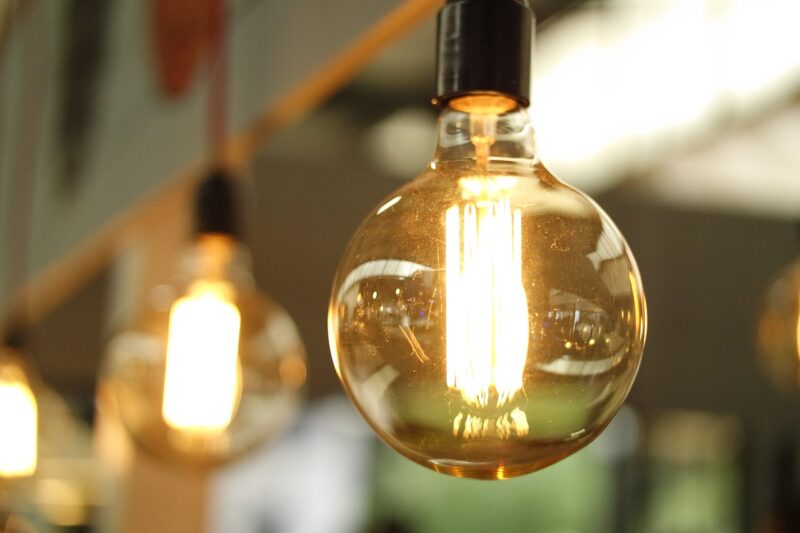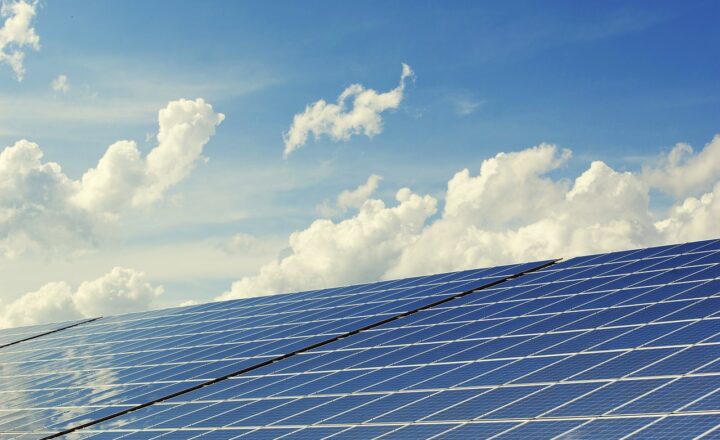
Utilities can take a significant chunk out of your monthly budget. Fortunately, there are numerous strategies you can implement to reduce these costs while still maintaining comfort in your home. In this article, we will explore ten practical and actionable ways to save money on your utility bills, ensuring you’re getting the most out of your hard-earned money.
1. Conduct an Energy Audit
Performing an energy audit is an excellent first step in identifying areas of your home where energy is being wasted. You can hire a professional energy auditor or conduct a DIY audit using guidelines offered by many utility companies. Look for drafts, inspect your insulation, and evaluate appliance efficiency. Understanding where you lose energy helps you target specific areas to improve.
2. Use Energy-Efficient Appliances
Replacing outdated appliances with energy-efficient models can lead to substantial savings over time. Look for the ENERGY STAR label, which signifies compliance with energy efficiency standards. Factors such as how much electricity the appliance consumes and the convenience it provides should be considered. Whether it’s your refrigerator, washing machine, or HVAC system, newer, energy-efficient appliances tend to use significantly less energy, resulting in lower utility bills.
3. Adjust Your Thermostat Settings
Your thermostat plays a crucial role in regulating your home’s heating and cooling, and adjusting it even slightly can yield big savings. In winter, set the thermostat to 68°F (20°C) when you’re home and lower it by a few degrees when you leave. Conversely, in summer, keep it at 78°F (26°C) when you’re home and raise it when you’re out. Consider investing in a programmable thermostat that automatically adjusts the temperature based on your routine to further enhance savings.
4. Seal Windows and Doors
Drafty windows and doors can lead to significant energy loss, causing your heating and cooling system to work overtime. Invest in weather stripping or caulking to seal any drafty areas. Additionally, consider using thermal curtains or window films to further insulate your windows. Taking these simple steps can create a more energy-efficient home, leading to reduced utility bills.
5. Unplug Electronics When Not in Use
Many devices consume energy even when they are turned off, a phenomenon known as phantom load or vampire energy. To minimize this, unplug electronics, chargers, and power strips when they are not in use. Alternatively, invest in smart power strips that cut off power to devices when they are idle. This simple action can prevent unnecessary energy consumption and save you money on your bills.
6. Use LED Light Bulbs
Switching from incandescent light bulbs to LED bulbs is an effective way to save on lighting costs. LED bulb technology is more efficient, using up to 80% less energy than traditional incandescent bulbs and lasting significantly longer. Although the initial cost may be higher, the long-term savings on both energy and replacement costs pay off quickly.
7. Reduce Water Heater Temperature
Your water heater is one of the leading energy consumers in your home. Lowering the temperature of your water heater from the factory setting of 140°F (60°C) to 120°F (49°C) can significantly reduce your energy use and prevent scalding. Additionally, insulating your water heater and the first few feet of hot water pipes can help retain heat and reduce energy loss.
8. Save Water with Efficient Fixtures
Implementing water-efficient fixtures, such as low-flow showerheads and faucets, is a proactive approach to lowering your water bills. These fixtures maintain water pressure while using less water, providing the same shower or washing experience as their traditional counterparts. Moreover, fixing leaks quickly can prevent waste and added costs associated with higher water usage.
9. Monitor Your Bills for Inconsistencies
Reviewing your utility bills each month can reveal trends in usage and highlight any drastic increases in costs. Understanding your consumption patterns helps you make informed adjustments, as well as spot potential billing errors. If you notice discrepancies or unusually high usage, contacting your utility company for clarification could help pinpoint problems.
10. Take Advantage of Rebates and Programs
Numerous utility companies offer rebate programs or incentives for energy-saving actions. Take the time to research available programs in your area. You may qualify for rebates on appliances, home improvements, or even energy audits. Participating in these programs can be a great way to access resources that further reduce your energy expenditure.
Conclusion
Saving money on your utility bills is achievable with a combination of simple adjustments, smart purchases, and informed practices. By implementing just a few of the strategies discussed in this article, you can improve your home’s energy efficiency, leading to lower utility costs and contributing to a more sustainable lifestyle. Take the first step today, evaluate your habits, and start reaping the benefits of lower bills.








